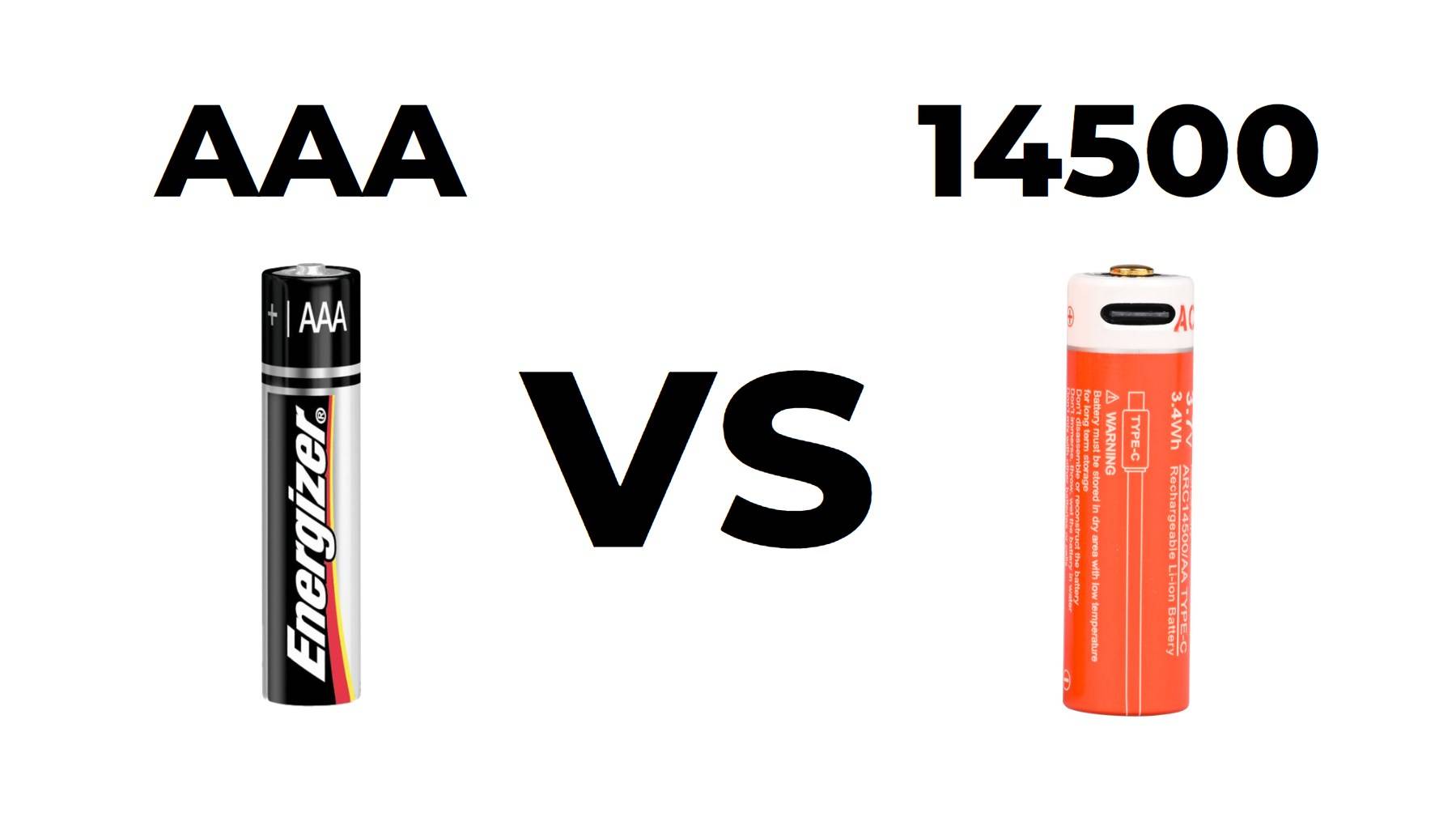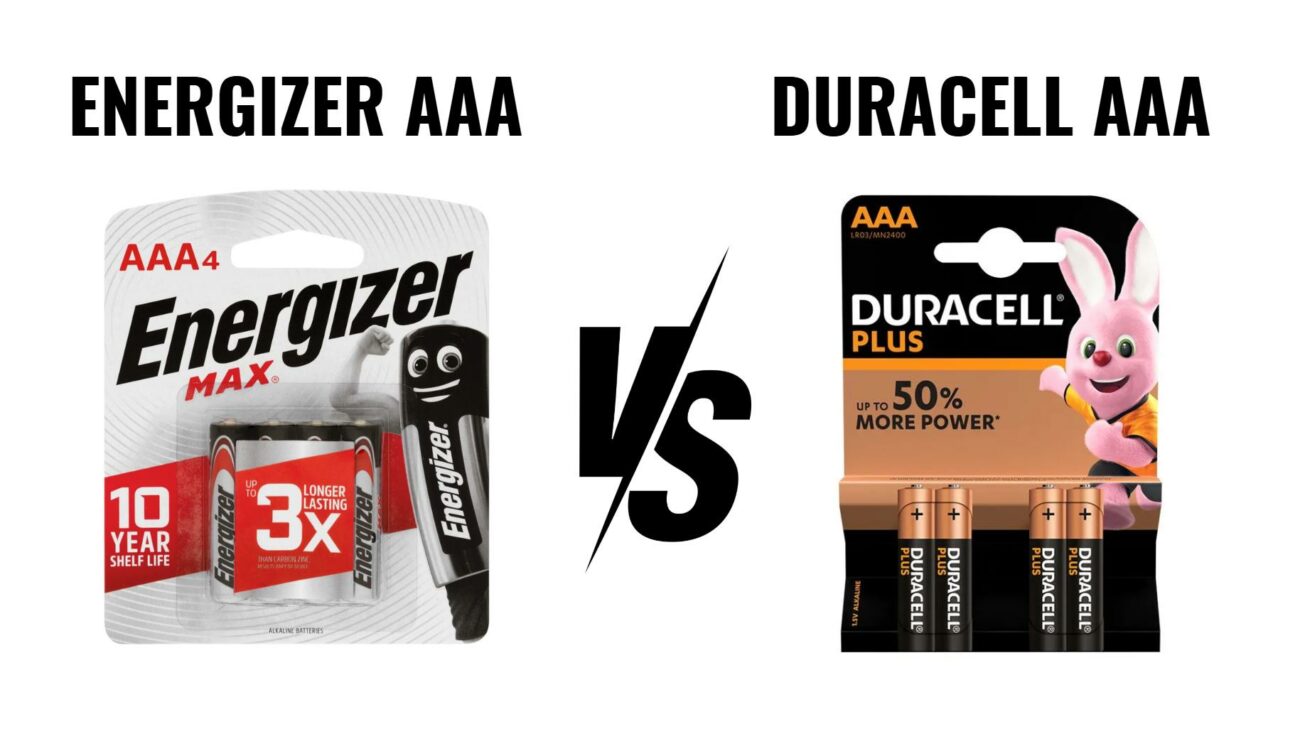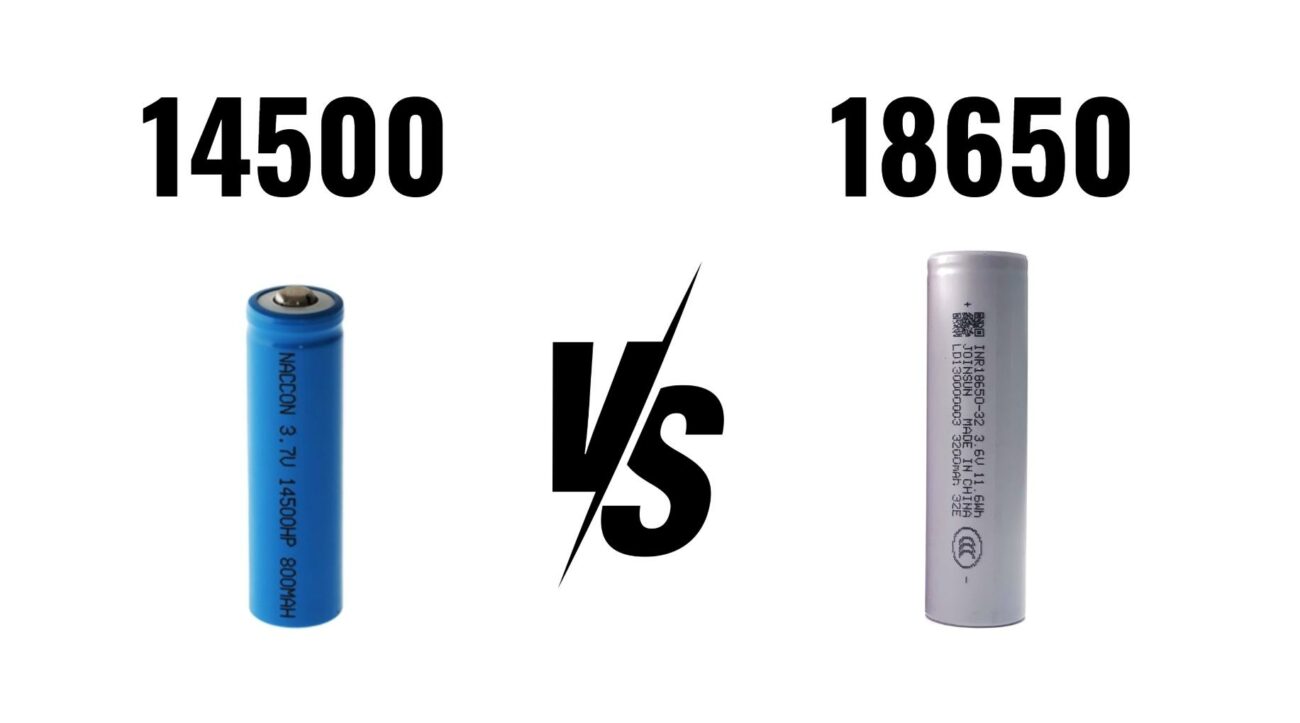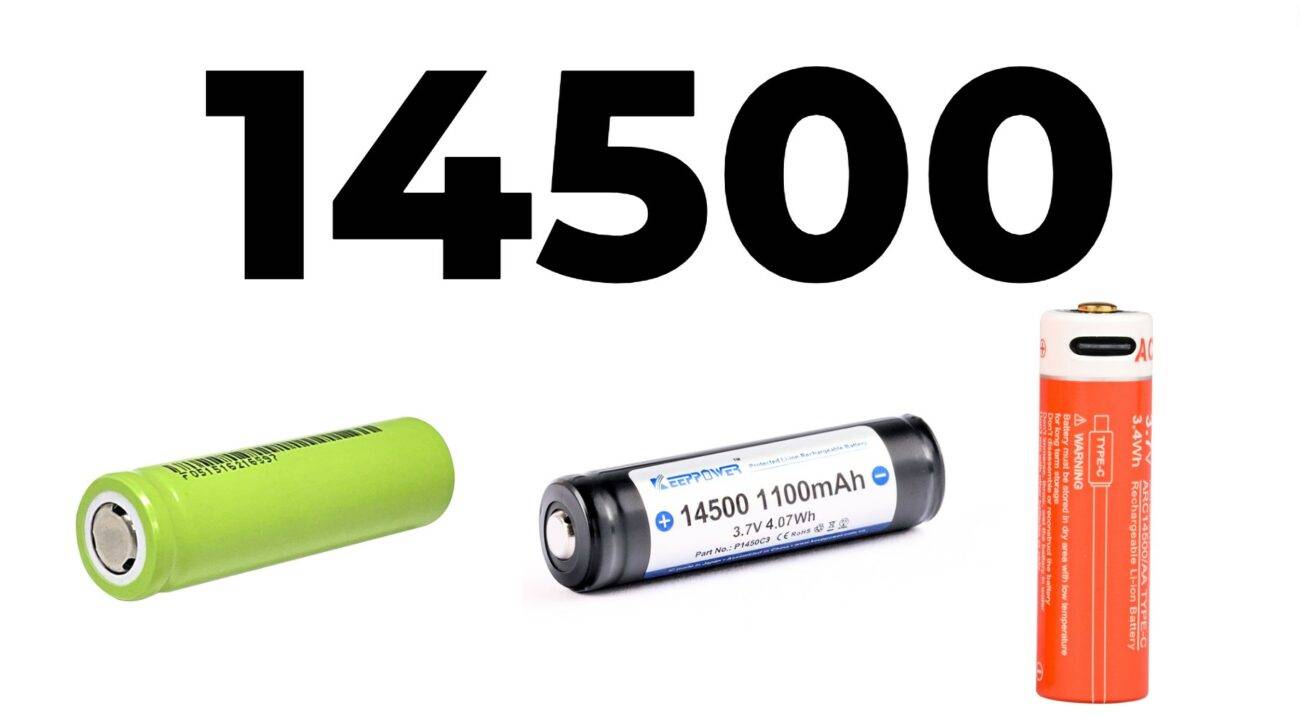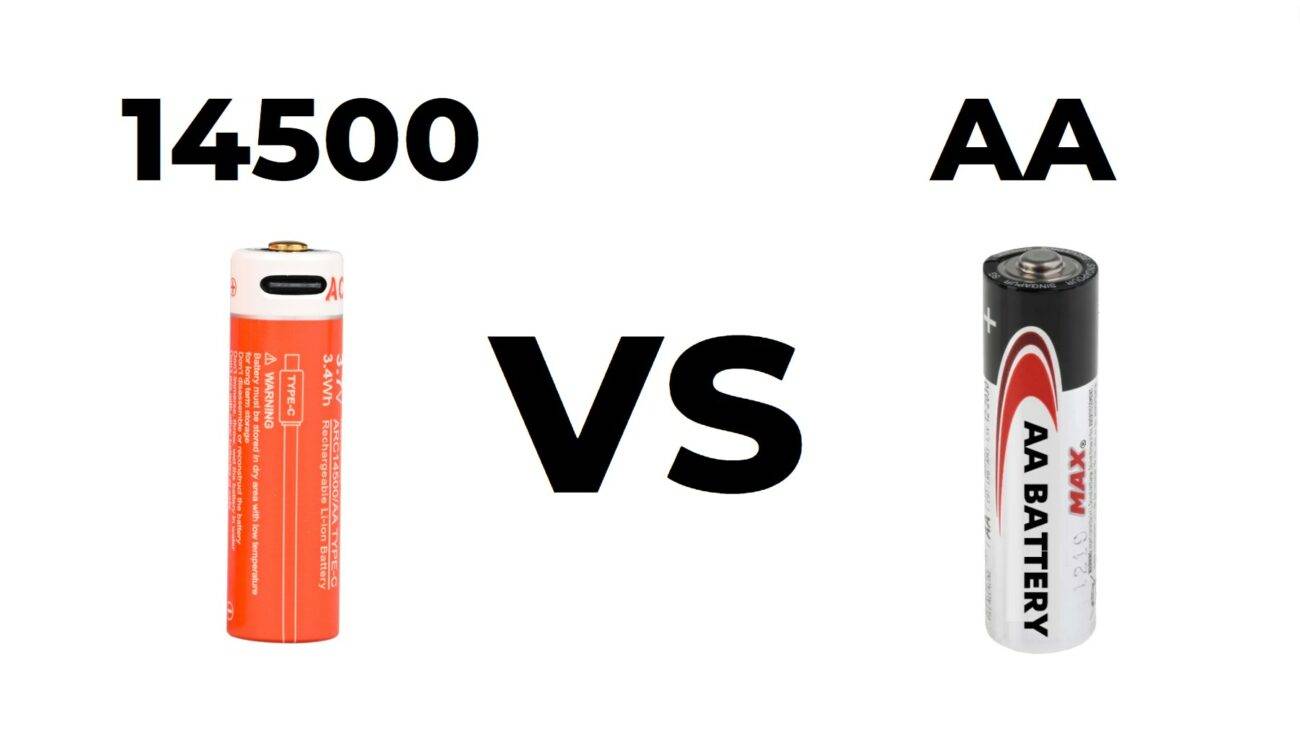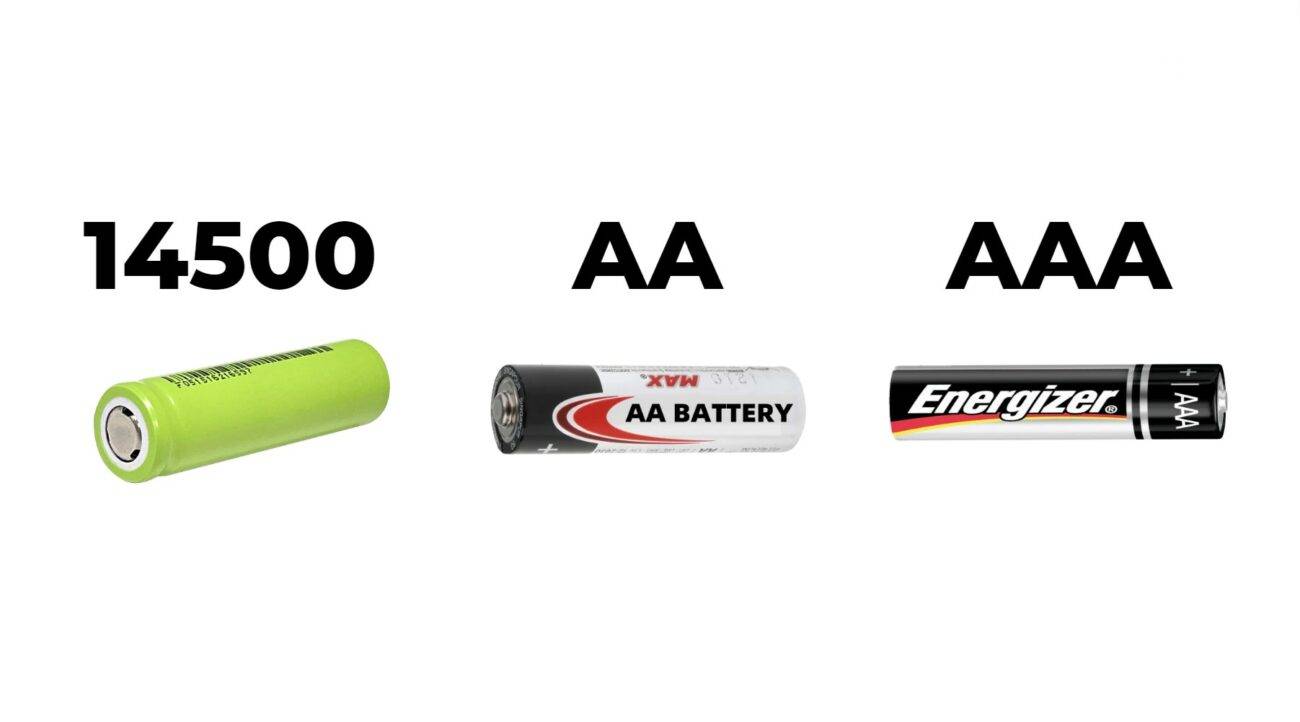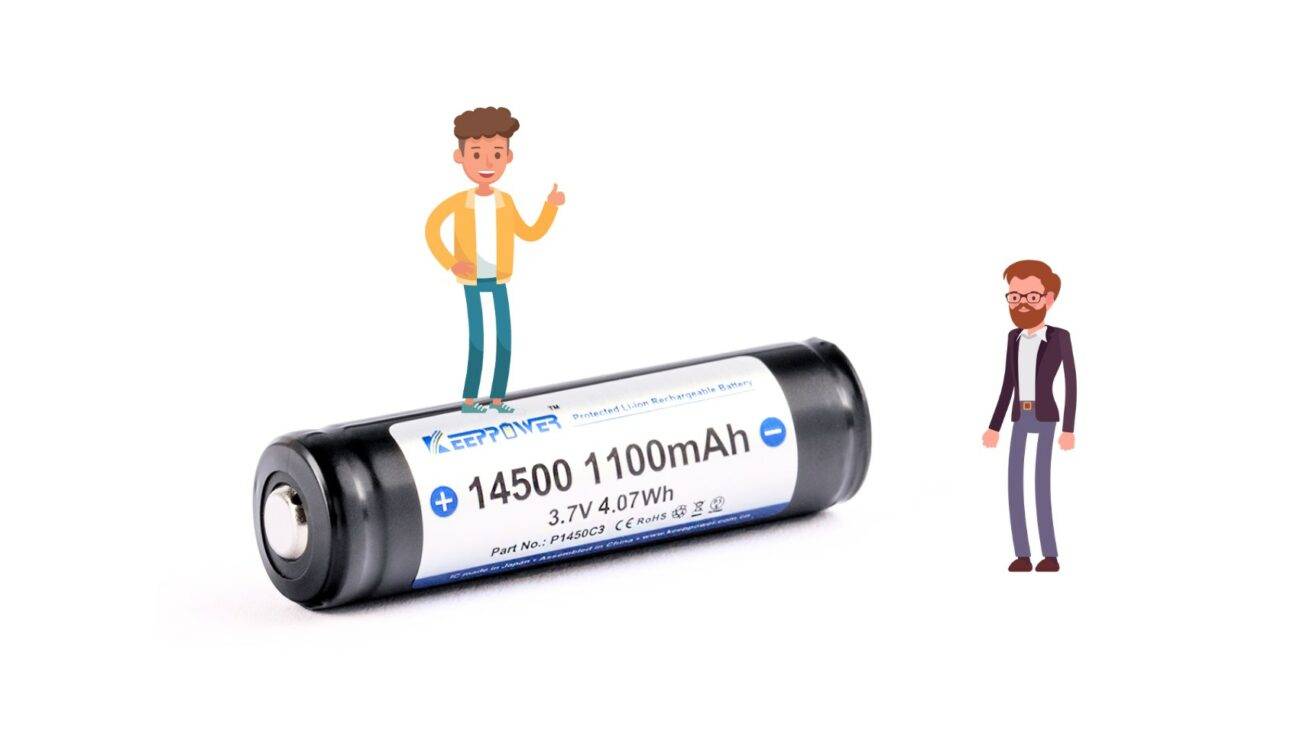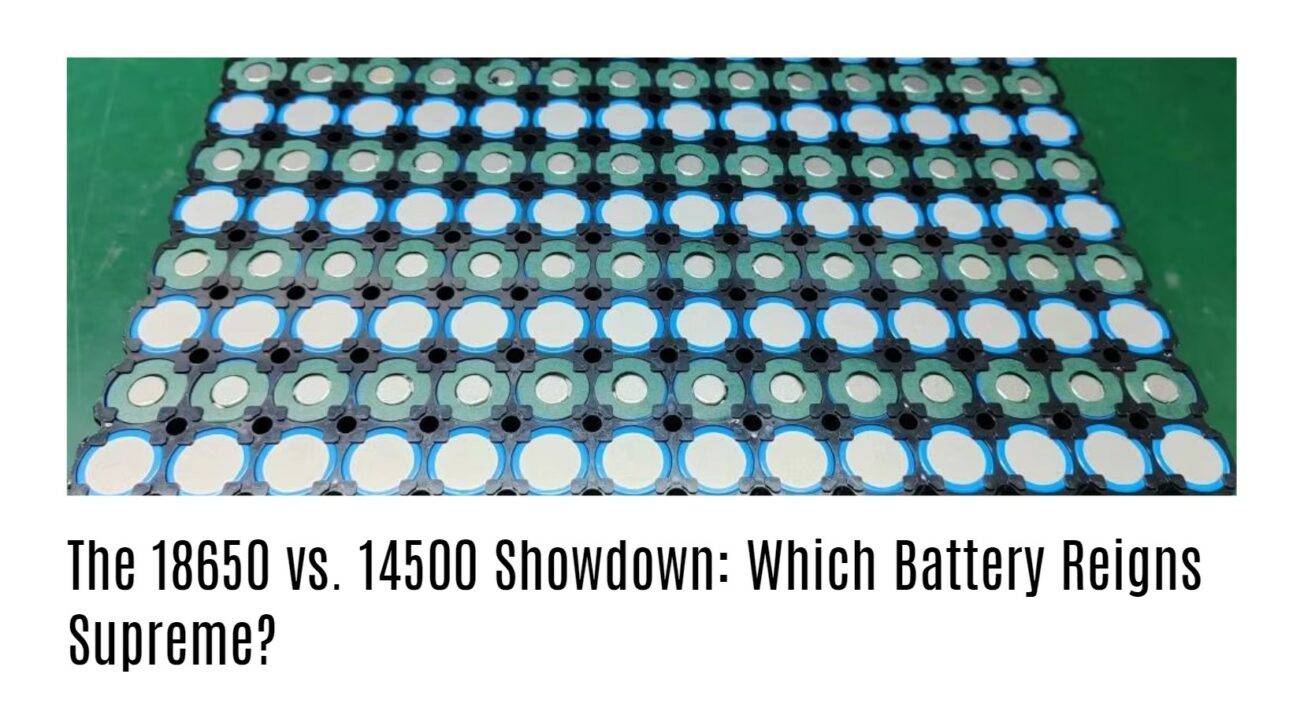When comparing AAA and 14500 batteries, it’s crucial to understand their differences in size, voltage, capacity, and applications. AAA batteries are commonly used in household devices and are available in alkaline and rechargeable forms, while 14500 batteries are lithium-ion and designed for high-drain applications. This guide will help clarify these distinctions.
How do AAA and 14500 batteries differ in specifications?
AAA batteries typically have a nominal voltage of 1.5 volts (alkaline) or 1.2 volts (NiMH), while 14500 batteries operate at approximately 3.7 volts due to their lithium-ion chemistry. This higher voltage allows 14500 batteries to deliver more power but requires compatible devices to avoid damage.
| Specification | AAA Battery | 14500 Battery |
|---|---|---|
| Nominal Voltage | 1.5V (alkaline), 1.2V (NiMH) | 3.7V |
| Typical Capacity | ~1000 – 3000 mAh | ~600 – 1200 mAh |
| Chemistry | Alkaline, NiMH | Lithium-ion |
The significant voltage difference means that using a 14500 battery in a device designed for AAA batteries can lead to overvoltage damage.
What are the key differences in size and capacity?
Size is one of the most noticeable differences between the two battery types. An AAA battery measures approximately 10.5 mm in diameter and 44.5 mm in length, while a 14500 battery measures about 14 mm in diameter and 50 mm in length. This slight difference can affect compatibility with devices designed specifically for one type or the other.
| Feature | AAA Battery | 14500 Battery |
|---|---|---|
| Diameter | ~10.5 mm | ~14 mm |
| Length | ~44.5 mm | ~50 mm |
| Capacity | Alkaline: ~1000-3000 mAh | ~600 mAh – >3000 mAh |
While AAA batteries can have higher capacity ratings under certain conditions, the higher voltage of the 14500 battery means it can provide more energy per discharge cycle.
How do charging options differ between AAA and 14500 batteries?
AAA batteries can be alkaline (single-use) or rechargeable (NiMH), requiring specific chargers for each type. In contrast, 14500 batteries are primarily lithium-ion and are rechargeable using specialized lithium-ion chargers. Some 14500 models may also feature built-in USB charging ports for convenience.
| Feature | AAA Rechargeable | 14500 Lithium-Ion |
|---|---|---|
| Charger Type | NiMH charger | Lithium-ion charger |
| Cycle Life | Lower (300-500 cycles) | Higher (500+ cycles) |
The rechargeable nature of the 14500 battery makes it a more sustainable choice, as it can be reused multiple times without generating waste from disposable batteries.
What applications are best suited for each type of battery?
AAA batteries are ideal for low-drain devices like remote controls, clocks, and toys. They provide consistent power for everyday household items. Conversely, 14500 batteries are better suited for high-drain applications such as LED flashlights, digital cameras, and other devices requiring higher voltage and energy output.
The choice between using AAA or 14500 batteries largely depends on the device’s power requirements:
- Devices suitable for AAA batteries:
- Remote controls
- Flashlights
- Toys
- Devices suitable for 14500 batteries:
- High-performance flashlights
- Digital cameras
- Other high-drain electronics
Understanding your device’s specific power needs will guide you in selecting the appropriate battery type for optimal performance.
Know more:
Which AAA Battery Is Better: Energizer or Duracell?
How to Understand the Differences Between AAA and 14500 Batteries?
Understanding the Differences Between 14500, AA, and AAA Batteries
How to Revive Dead AAA Batteries: Methods, Recharging, and Using AA Batteries
What Are the Differences Between 14500, AA, and AAA Batteries?
What Are the Key Differences Between AAA and 14500 Batteries?
What Are the Best D Batteries for Your Needs?
14500 vs. AA vs. AAA Battery Comparison
When comparing the 14500, AA, and AAA batteries, several key differences in specifications, applications, and performance emerge. Here’s a concise overview:
| Specification | 14500 Battery | AA Battery | AAA Battery |
|---|---|---|---|
| Nominal Voltage | 3.7V | 1.5V (alkaline), 1.2V (NiMH) | 1.5V (alkaline), 1.2V (NiMH) |
| Capacity | 600mAh – 1200mAh | 1000mAh – 3000mAh | 600mAh – 1200mAh |
| Chemistry | Lithium-ion | Alkaline, NiMH | Alkaline, NiMH |
| Rechargeable | Yes | NiMH: Yes; Alkaline: No | NiMH: Yes; Alkaline: No |
| Typical Use | High-drain devices (e.g., flashlights) | Household devices (e.g., remotes) | Smaller devices (e.g., toys) |
Key Differences
Voltage and Power Output
The 14500 battery operates at a higher voltage (3.7V), making it suitable for high-power applications like LED flashlights. In contrast, AA and AAA batteries typically provide lower voltages (1.5V for alkaline and 1.2V for NiMH), limiting their use in high-drain devices.
Capacity and Energy Density
While AA batteries generally have higher capacity ratings, the energy density of the 14500 battery allows it to deliver more power efficiently in demanding applications. This makes the 14500 more suitable for devices requiring sustained energy output.
Rechargeability
The 14500 battery is rechargeable and can withstand hundreds of cycles, whereas alkaline AA batteries are single-use. NiMH AA batteries are rechargeable but have a shorter lifespan compared to lithium-ion batteries.
Applications
- 14500 Batteries: Commonly used in high-drain devices such as flashlights, vaporizers, and portable electronics.
- AA Batteries: Widely used in household items like remote controls, toys, and clocks.
- AAA Batteries: Typically found in smaller devices that require less power, such as remote controls and small electronics.
Understanding these differences will help you select the appropriate battery type based on your device’s power requirements and usage scenarios.
Expert Opinions
“Choosing between AAA and 14500 batteries depends on your specific needs,” says Dr. Emily Carter, a battery technology expert. “For everyday low-drain devices, AAA batteries are sufficient and widely available. However, for high-drain applications requiring sustained power output, the rechargeable nature and higher voltage of the 14500 battery make it a superior choice.”
Upgrade Your Flashlight: Replacing AAA Batteries with Li-ion 14500/18500/18650 for Better Performance
Industrial News: Recent Trends in Battery Technology
Recent trends indicate significant advancements in both lithium-ion technology and rechargeable alkaline batteries. Manufacturers are focusing on improving energy density, safety features, and recycling processes to address environmental concerns associated with battery disposal. Additionally, innovations such as solid-state batteries are being explored as potential successors to traditional lithium-ion cells, promising even greater efficiency for future applications.
Redway Expert Insights
“The choice between AAA and 14500 batteries largely depends on the device requirements,” states Dr. Lisa Reynolds, an expert in energy storage technologies. “As we continue to innovate in battery technology, understanding these differences will help consumers make informed decisions that enhance performance while ensuring safety.”
Conclusion
In conclusion, while both AAA and 14500 batteries serve essential roles in powering devices, they cater to different needs due to differences in size, voltage, capacity, and application suitability. Assessing your specific requirements will help you make an informed decision about which battery type is best for your devices.
FAQ
- Can I use a 14500 battery instead of an AAA battery?
No, using a 14500 battery in place of an AAA battery is not advisable due to the significant voltage difference which can damage devices designed for AAA use. - What is the main advantage of using a 14500 battery?
The primary advantage is its higher voltage and rechargeable nature, making it ideal for high-drain applications. - Are all AAA batteries rechargeable?
No, standard alkaline AAA batteries are not rechargeable; only NiMH or lithium-based AAAs can be recharged. - How long do these batteries last?
The lifespan varies; alkaline AAAs may last several years in storage while NiMH AAAs last through hundreds of charge cycles; 14500s typically last through about 500 cycles depending on usage. - Which type of battery is better for high-drain devices?
The 14500 battery is better suited for high-drain devices due to its higher voltage and energy delivery capabilities.
Know more:
How to Understand the Differences Between AAA and 14500 Batteries?
What Are the Differences Between 14500, AA, and AAA Batteries?
How Do the Costs of AA and 21700 Batteries Compare Over Time?
How Does the Shelf Life of CR123 Batteries Compare to 18350 Batteries?
How Do the Capacities of 14500 and 14430 Batteries Compare?
What Are the Key Differences Between AAA and 14500 Batteries?



